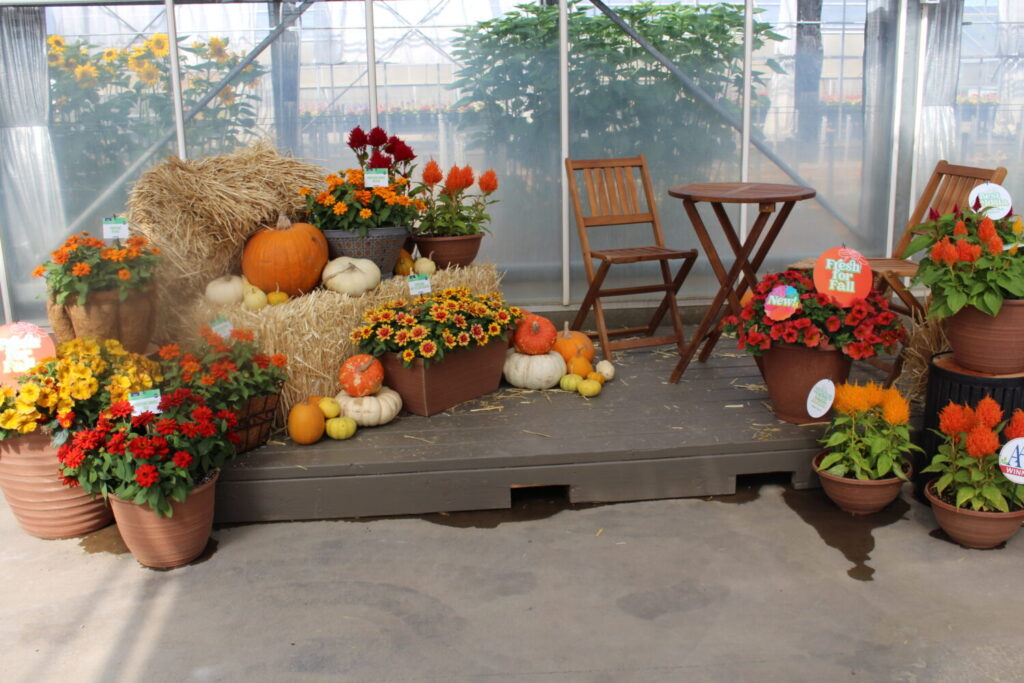
3-Season crops for more sales
Three-season crops were a continuous trend at California Spring Trials. We caught up with some breeding companies to find out more about these season extenders and how garden centers can promote them to their customers.
(Above photo: American Takii’s capsicum ‘Onyx Orange’ has black leaves that show off the fruit, which begins as purple and matures into orange for three-season interest.)
L&GR: Why do you think is it important to offer three-season plants?
Mark Seguin, senior global market manager — Cuttings, Sakata Seed Co.: Spring flower sales are a given. Every bench in the garden center is loaded, and stores are packed. Developing sales beyond the traditional season is critical for growers and retailers to remain successful and build their business. Plants like SunPatiens and SuperCal offer innovative genetics that deliver value to their customers by delivering continuous flowering through the heat of summer and beyond.
Stef Berkhout and Mazanne Pennings, USA sales and product representatives, HilverdaFlorist: You could create a complex planting program for crops to match to get a border flowering through three seasons, but it’s easier to offer plants that do all that by themselves without too much fuss. Why not create a stable flower supply for all key spots in the garden throughout all three seasons and occasionally add some seasonal plants to the mix?
Jennifer Calhoun, North America marketing specialist, Benary: Selling year-round (or at least three seasons) is essential to stay profitable. However, seasons change fast — it can go from temperatures in the 40s to the 80s literally overnight. With plants that thrive in all three seasons, you can not only hold the plants, but also extend the sales window to the entire season! Instead of having the pressure to sell out in a few weeks, you can “upcycle” your leftovers into larger pots or mixed containers. Take BIG Begonias, for example. You can sell them in the spring in 5-inch pots, then bump them up into larger pots for mid-season sales, and then hold them in larger containers for instant fall color.
Mike Huggett, national sales manager/Flowers, American Takii: More than ever, consumers are looking for ideas to improve or upgrade their homes and immediate surroundings. This can be easily accomplished with any number of plant varieties for in-ground plantings or with containers if the consumer has limited or temporary spaces needing color and decoration; so it makes sense to offer plant material over a longer period. Today, the retailer has many choices that fit into off-season sales windows — succulents, foliage and even select ornamental varieties can work.
Delilah Onofrey, marketing director, Suntory Flowers: The consumer receives extended enjoyment if the plant looks great through spring, summer and fall. Plants must be both heat tolerant and cold tolerant to achieve this.
One crop Suntory Flowers has been positioning for three seasons of interest is Granvia bracteantha, the super strawflower. In addition to being showy as a large plant with large blooms, Granvia has earned garden performance awards throughout the U.S., in the North, South, East and West. As a bonus, consumers can harvest the flowers as dried everlasting to make crafts.
Brad Smith, senior retail category and marketing manager, Sakata Seed Co.: Our industry has done a great job of providing great options for early spring, peak spring and late spring, but we have not been as successful with defining fall past mums or pansies. Let’s drive the early fall market and capture a whole new customer by offering better choices for new shoppers and our existing fall customers.
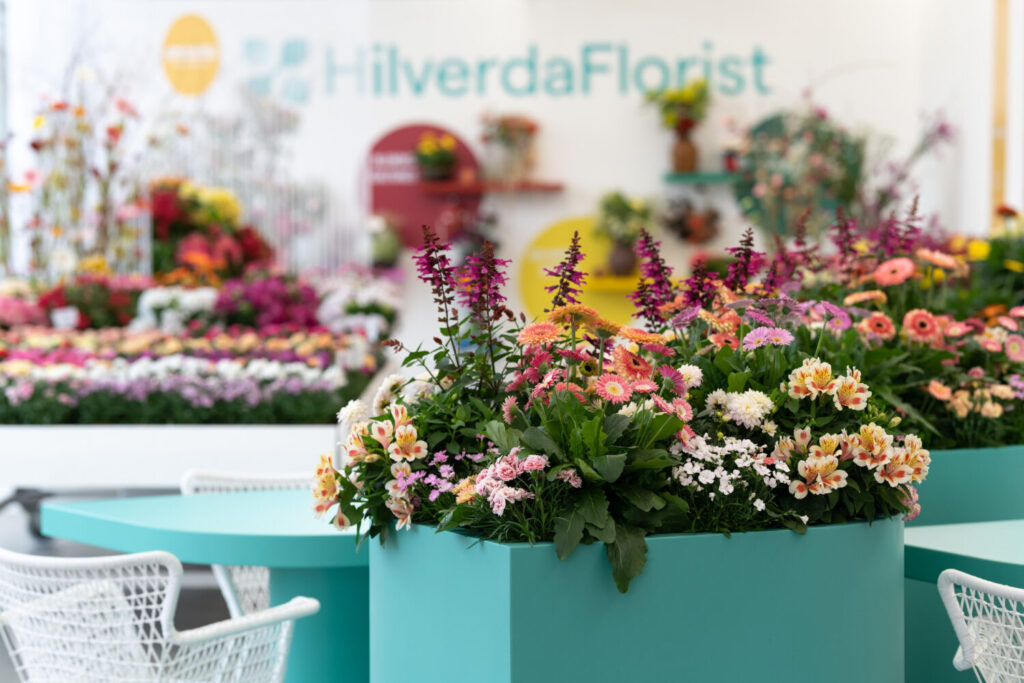
L&GR: What are some of the benefits these crops offer?
Berkhout and Pennings: At HilverdaFlorist, we are all about offering those well-needed items to let you stand out from the crowd and enable you to draw year-round interest. By offering a variety of series like Garvinea garden gerberas, salvia Salgoon, alstroemeria Summer Paradise and echinacea MOOODZ, we ensure gardens with long seasons full of color. These series can be planted in the garden early in spring, hold up well during summer heat, and keep on flowering until frost. By planting our alstroemeria, echinacea and garden gerbera series in early fall, the soil is still warm — which encourages strong root development — followed by a winter rest before shining and thriving in springtime. These perennials get even better every year! A big additional benefit of these long-lasting, robust series is that they become less demanding once established.
Calhoun: Most importantly, three-season plants need to be tolerant of a wide range of environmental conditions. They also need to provide color all season long. People don’t want a plant that can just “hang on” until fall. They want something that can thrive.
For early spring: Of course, everyone promotes pansies and violas, bellis, and primula — all of these have bold, early-season colors and are great in beds or mixed containers. They get your customers excited about the upcoming season. Some less-typical, early-spring plants would be ptilotus ‘Joey’, which is surprisingly cold tolerant; BIG Begonias, which can handle very cool temperatures once established, and the calendula Bon Bon Series, which has only a nine- to 10-week crop time — and you can grow-on in temperatures in the low to mid 50s.
For late spring/summer or fall: You just can’t beat the heat tolerance and glorious color of BIG Begonias; Graffiti 20/20 pentas; rudbeckia ‘Amarillo Gold’ and echinacea ‘Polly Nation.’ All of these provide extreme heat tolerance for lush gardens and patio pots all the way until frost. Ornamental grasses like melinis ‘Savannah’ are always a win for late season sales.
Huggett: Not only do plants and flowers help brighten our surroundings, but we can also look at the value of products that can be used for a greater length of time and, in some cases, be used both indoors and out. American Takii is fortunate that our portfolio contains both cut flower and bedding varieties. Cut flower demand, access and usage have grown dramatically. Cut flowers offer a quick and easy color splash to any home or apartment, and have become very affordable.
Takii also features two recent additions, ornamental pepper ‘Onyx Red’ and ‘Onyx Orange’ for fall usage, and we are also happy to have launched a new Casa Cannova canna program, which makes possible the sale of canna for indoor use in the spring. The consumer can then take Casa Cannova outside for planting when the season turns to summer conditions, in the end building value and well-being into everything we do always pays.
Onofrey: The greatest benefits are longevity, durability and weather tolerance. We are actively promoting Granvia bracteantha as a season extender for fall.
Additional varieties that have been on the market for many years and could be used in the fall include Surfinia petunias, Beedance bidens and Million Bells calibrachoas.
Varieties positioned for summer performance include Sun Parasol mandevillas, Surdiva scaevolas, Summer Wave torenias and Soiree catharanthus — and the three Soiree series are Kawaii (small flowered), Double (double flowers) and Flamenco (ruffled flowers). When most annuals are looking rough in August, these are in their glory.
Seguin: SuperCal have a very unique genetic bloodline that results in superior garden performance traditional petunias cannot offer — mainly superior heat and rain tolerance that provides end consumers with more flowers through the heat of summer. This ability to perform under high temperatures opens the door for summer production (necessary for autumn sales and fall promotions) that was previously not offered by traditional petunias. Compared to garden mums, a staple at most garden centers in the fall, SuperCal offer a much greater flowering window (two to three times as long in some cases) with continuous blooming through hard frosts, down to 25° F.
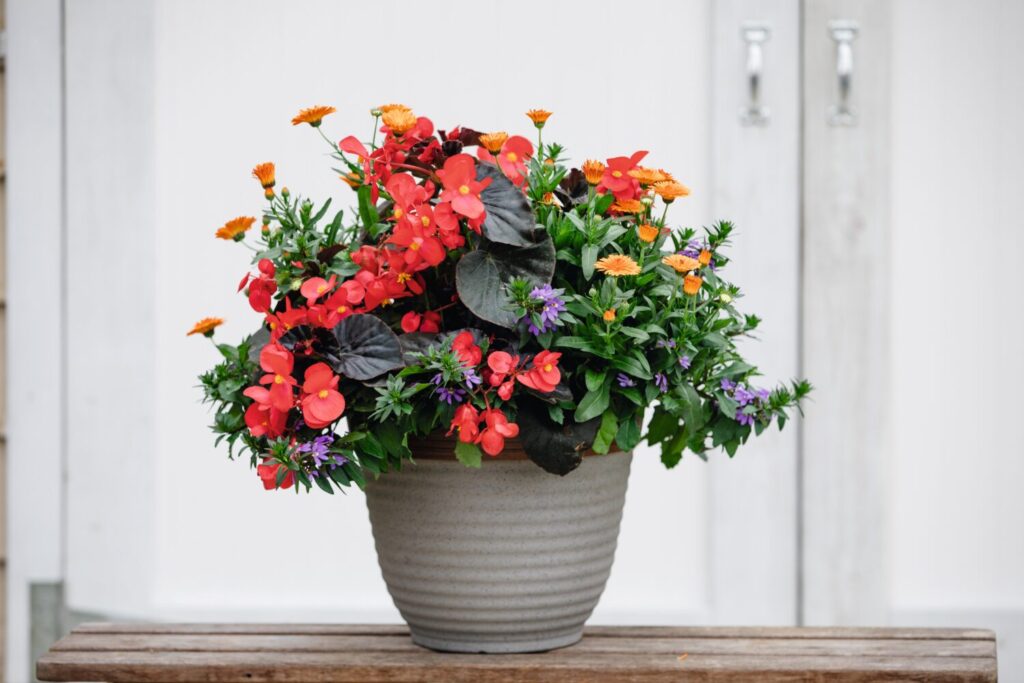
L&GR: How should garden centers and/or consumers think differently about crops that they might have previously thought of as only appropriate for one season?
Berkhout and Pennings: Take Garvinea, for example: Gerberas were considered only as annuals for a long time, to be enjoyed for weeks. And yes, for seed-raised Gerbera jamesonii, this is true. But with Garvinea, it has become a totally different story. Breeding efforts have resulted in a strong and floriferous garden-worthy hybrid gerbera that flowers from spring to frost and is considered hardy down to Zone 7. Since Garvinea looks like a gerbera at first glance, it took a lot of time proving its unique properties by trialing, showing, educating and experiencing. By working closely together with growers and all links further up in the chain, we were able to get the story out there. Garvinea garden gerberas has become a well-established name. This naming and positioning is key and should be understood and accepted by all those links in the chain. Nowadays, you find Garvinea under its correct name and often with the additional “garden gerbera” at the right spot in the garden center — surrounded by other garden plants and perennials, while the colorful seed-raised Gerbera jamesonii keeps its place among the annuals and houseplants.
Huggett: Many of the social media platforms are very good at illustrating a different perspective on how things can be done in home improvement and how garden inputs can be used. I think retailers and consumers are already inspired and armed with an “I’ll try that” attitude. We lose nothing by inspiring people.
Onofrey: One way is to offer the bedding plants in a fall color palette. Another is to mix them with plants the consumer is used to seeing for fall in terms of foliage and texture. This could be purple fountain grass or millet, perennials like heuchera, or ornamental cabbage and kale.
We’ve been positioning Granvia as something to offer in addition to mums in large planters that have a fall feel, like whiskey barrels and bushel baskets. It could also be a thriller in a fall combo.
Seguin: Springtime is petunia time. They thrive under cooler conditions and the color range offered by traditional petunias is bright and loud. They are also planted in gardens and landscapes to provide impressive color displays in mass. SuperCal offers many designer colors, featuring orange and gold tones that are celebrated with the arrival of autumn. In the fall, consumers are looking to renew their patio and outdoor living spaces with ready-to-enjoy planters and fresh new baskets. The emphasis is more on decorative accents to rejuvenate and not “gardening” per se.
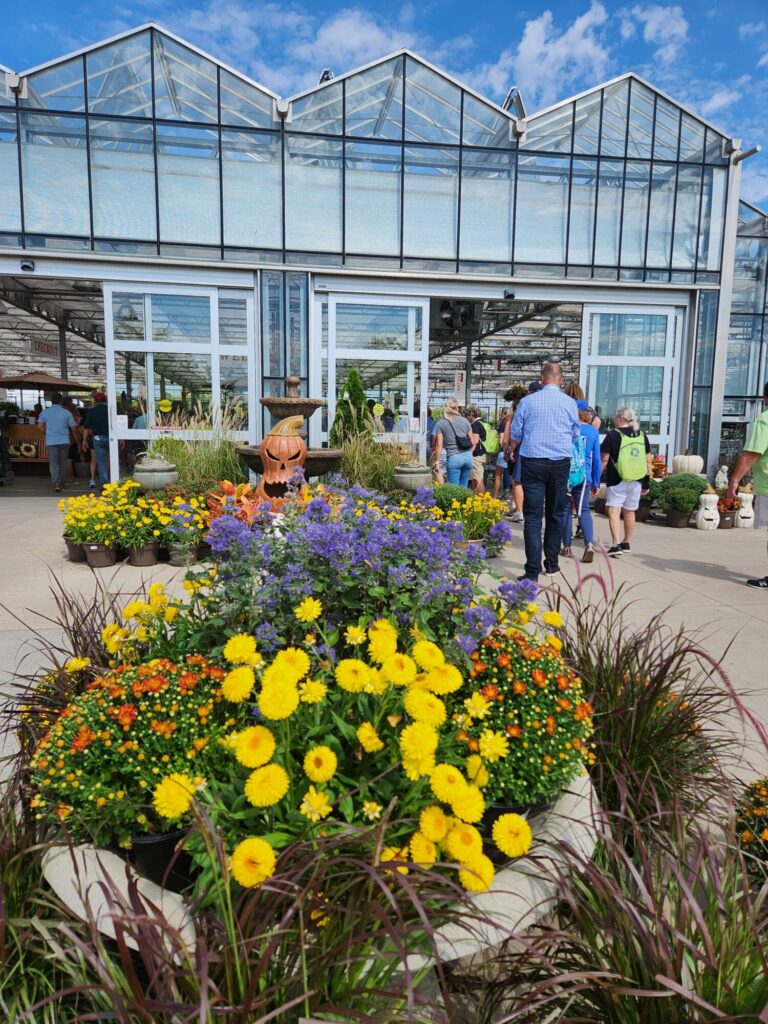
for fall, as seen here in a fall garden center display.
L&GR: Can you share some merchandising tips for garden centers for three-season varieties?
Berkhout and Pennings: Inspire by example. Place bold, flowering mixed containers filled with seasonal extenders at the entrance and around your garden center, and of course at the benches where the varieties are sold. Educate within your shop — let your staff tell the stories and use clear and simple signage. Point out the benefits and value that your clients will get by buying three-season varieties. Organize seasonal events, especially for fall plantings. Let people yearn for an extended summer and the promise of a new spring.
Calhoun: My best tips would be to get creative! Creative ideas keep people coming back. And don’t assume that your customers know what to do; show them what the plants can do. Here are a few ideas:
- Always show a “specimen plant” in a decorative pot so people can see what the plant can do. Mixed containers are great for this and help to upsell other plants as well.
- Plant some of your biggest and brightest season extenders in a bed by your sign or along your building or driveway. Label them clearly so customers know what to ask for. BIG and Whopper begonias and rudbeckia ‘Amarillo Gold’ are great choices for this.
- Do you sponsor a local team? Plant some ornamental grasses in old soccer balls and put them by the register — super cute impulse sales for a coach or back-to-school teacher gift.
- Hold in-store events (before it heats up too much) to demonstrate taking care of plants in the heat — deadheading; watering at the soil; when to water, etc. Point out which plants will bloom until frost.
- Host late-season events showing how to have fun with your flowers. For ideas download our latest Do It BIG Magazine or Be Inspired Magazine at benary.com/service/downloads.
Huggett: Unlike buying a bouquet of flowers or a poinsettia, which most consumers view as disposable, shoulder products like ornamental pepper, succulents or a foliage plant represent something entirely different in the consumers’ mind.
Onofrey: Signage that says enjoy until frost. Present heat lovers as summer survivors. Cross merchandise with fertilizer with a tip on how to keep plants blooming through the summer. Keep the garden party going. “Bang for your buck” messaging — for the price of a cup of coffee, you get 20 weeks of enjoyment.
Smith and Seguin: These items need to be merchandised intentionally in a way that screams “Fall Plants.” Historically, annuals shipped for fall have been displayed randomly throughout the garden centers, and consumers think they are leftover plants from summer. Merchandising them with POP and displaying them together in bold displays will help the consumer realize there are better options for fall.
In addition, offer more “ready-to-enjoy” packages likes window boxes, patio planters and hanging baskets with less focus on quart pots or jumbo packs. In most parts of the country, fall is not the season for planting ground beds, but rather the time to add decorative accent plants for celebrating a return to outdoor living (after the heat of summer has subsided). Many customers may wish to spruce up their tired planters and baskets from summer, but others will want a whole new fall look. The larger sizes will also help deliver the vision as we create this new fall market.
For an enhanced reading experience, view this article in our digital edition.



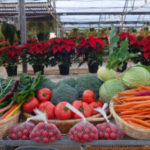
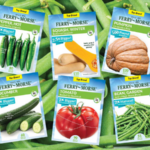

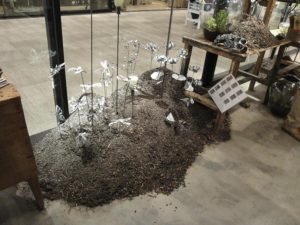
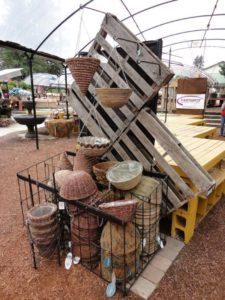
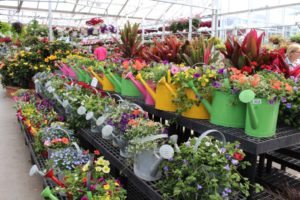

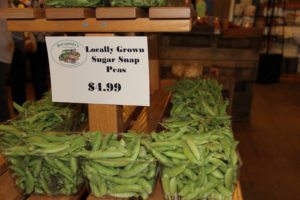
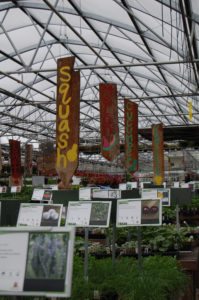



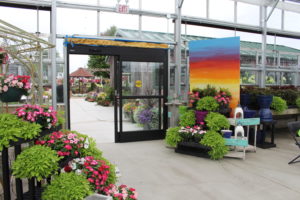

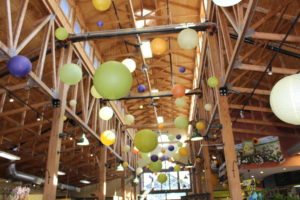
 Videos
Videos





